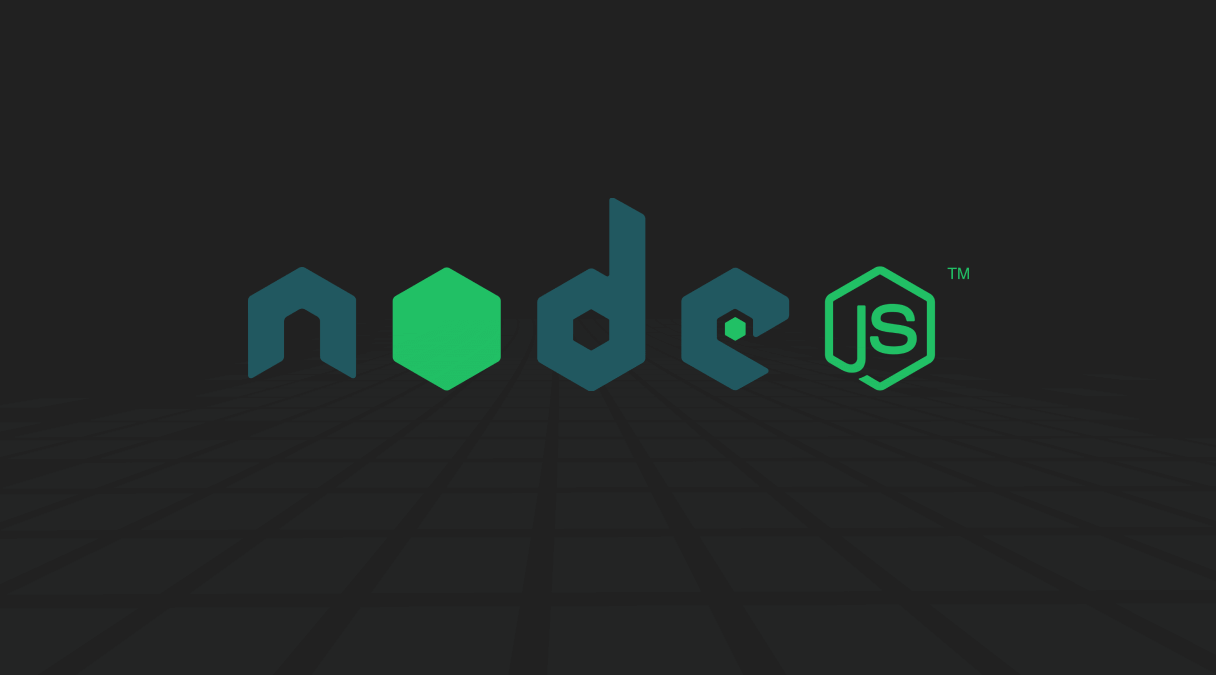
An Introduction to Node.js
Node.js is a popular open-source server-side JavaScript runtime that allows developers to build scalable and fast web applications. In this article, we will provide an introduction to Node.js and discuss some of its key features.
What is Node.js?
Node.js is a JavaScript runtime built on Chrome's V8 JavaScript engine. It allows developers to run JavaScript on the server-side, rather than just in the browser. This allows for a more consistent development experience, as developers can use the same language on both the client-side and server-side of their applications.
Key Features of Node.js
Asynchronous I/O
Node.js uses an event-driven, non-blocking I/O model, which allows for high throughput and scalability. This means that Node.js can handle a large number of simultaneous connections without slowing down or blocking other connections.
NPM (Node Package Manager)
NPM is the default package manager for Node.js, and it allows developers to easily install and manage third-party packages and dependencies. There are thousands of packages available on NPM, which makes it easy to find and incorporate functionality into your Node.js applications.
Single-Threaded Event Loop
Node.js runs on a single-threaded event loop, which means that it can handle a large number of concurrent requests without creating new threads or processes. This makes Node.js very efficient and fast, especially for I/O-intensive applications.
Cross-Platform Compatibility
Node.js is built to be cross-platform compatible, which means that developers can run Node.js applications on a variety of operating systems, including Windows, macOS, and Linux.
Use Cases for Node.js
Node.js is used for a variety of applications, including:
- Web applications and APIs
- Real-time applications, such as chat and gaming apps
- Streaming applications, such as video and audio streaming
- Command-line tools and scripts